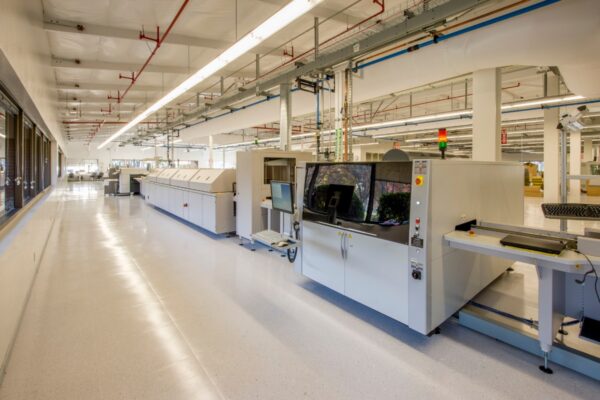What is Dross
Dross is the residue or impurity that forms on the surface of molten solder during the soldering process. It is a byproduct composed of oxides and other contaminants that can negatively impact the quality of solder joints.
Dross is primarily formed when the solder reacts with oxygen in the air or other impurities present in the soldering environment. This reaction leads to the accumulation of a crusty or powdery layer on top of the solder. The presence of dross can result in various issues, including poor wetting, reduced solderability, and an increased risk of solder defects.
To mitigate the formation of dross and improve the quality of solder joints, the PCB industry employs various dross inhibiting materials and techniques. These include the use of wave oil, water-soluble wave oil, solder dross reducer powder (SDR powder), and organic wave oil. These materials act as pot blanketing systems, inhibiting dross formation, extending the pot life, reducing surface tension, and minimizing fuming.





